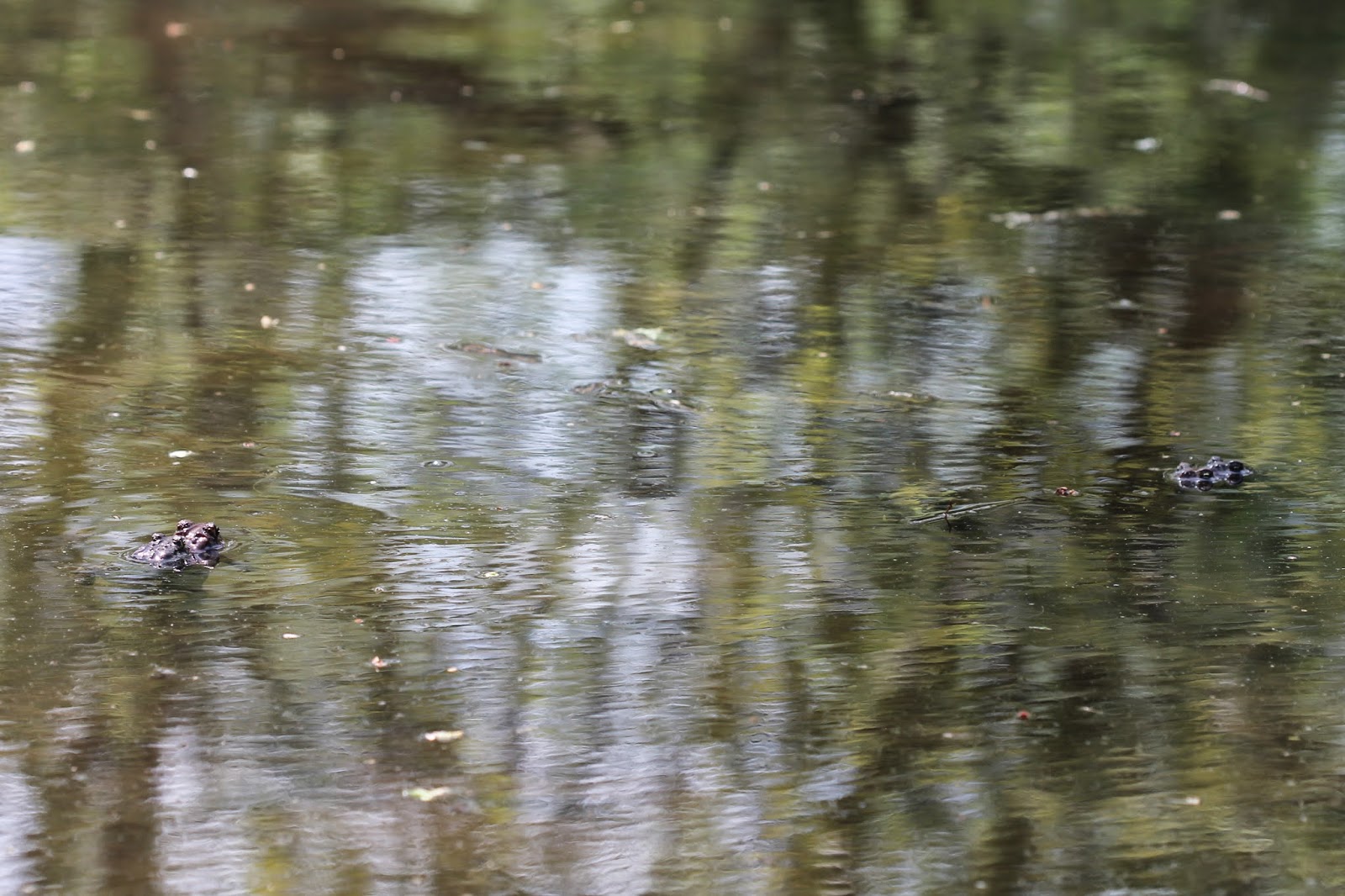The brownsnake is a rare example of a snake that has adapted well to urban life. Much like its distant cousins - the bullfrogs, the painted turtles, and even the garter snakes - this animal seems to fit right in among all of mankind's landscape makeovers. Seemingly undeterred by changes in local hydrology, invasive plants, and minor pollution, it persists longer than other species. As a generalist, it can find alternate sources of food if its preferred source is unavailable. And its food also is known to persist in urban situations. Worms, slugs, and snails are its primary fare, and as long as those animals are able to keep up with humans, then it is assumed that the brownsnake will as well.
Of course, even the tough brownsnake has its limits. You are not likely to find brownsnakes in the true urban jungle that is the Chicago core. Likewise, it is unlikely brownsnakes will show up in areas where excessive chemicals have been or are been used. And a certain minimum level of natural resources are required for their survival. Many times, brownsnakes (and the oftentimes equally hardy garters) find their ways back into cities through green corridors - areas of habitat that connect one population to another, or sometimes one population to new habitat that can support their species. The best example of green corridors in Chicago are railroad right of ways (rivers are another very good example). Aside from trains themselves, railroad tracks offer few threats, and the immediate areas surrounding the tracks are often allowed to grow wild. Many urban field herpetologists, myself included, got their start by poking around discarded railroad ties or other trash alongside the tracks.
There are a number of populations of brownsnakes and garter snakes in the Chicago area, some connected through corridors, others more isolated. Time will tell just how successful these species are going to be in the future. Until relatively recently, brownsnakes as well as many other species enjoyed huge swaths of range across northeastern Illinois, but as more and more available habitat suffers at the hands of man, it becomes more difficult for a lot of species to find adequate resources within their fragmented habitats. Species such as the Kirtland's snake (Clonophis kirtlandii), the spotted turtle (Clemmys guttata), and the mudpuppy (Necturus maculosus) simply can't cope with many of the factors that have only affected the brownsnakes to a minor degree (so far).
It might also be mentioned that brownsnakes and garter snakes have the upper hand over other small snakes in the area in that they are ovoviviparous. That means they give birth to live, fully-functioning young. Egg-laying, or oviparous, snakes such as smooth green snakes generally have not been as successful in this area, since the eggs have to incubate for some time and are sensitive to environmental factors such as weather or predation.
There is an "old field" near my home that sustains a sizable population of brownsnakes. The field today is fairly degraded. From the 1920s until the 1970s the field and surrounding woods were part of an active Boy Scout camp, and before that, it was likely agricultural. However, it is home sweet home for brownsnakes. I have visited it many times over the last seven years and have never seen any other snake species other than the browns. They are concentrated near an old pile of decomposing refuse. I only managed to find three individuals yesterday, but assuming they aren't being collected for the pet trade, they are alive and well there and look to be for some time.
While there, of course I became distracted by plants, toads, and other things, so of course you're seeing more than brownsnakes.
It took quite some time for this deer to relieve itself.
Poppywort (Stylophorum diphyllum)
Great white trillium (Trillium grandiflorum)
Unidentified catterpillar
I flipped a large piece of plywood and found no snakes but instead a nest of baby meadow voles.
An illegal dump site.
A brownsnake "in blue". A few days from now, it will molt, or shed, its skin.
Brownsnakes use piles of trash as artificial cover. In this case, a discarded plastic bag.
Walking down toward the river, I visited a stagnant backwater slough. I was surprised to find this pair of American toads (Anaxyrus americanus) in amplexus. That basically means they are trying to breed.
I crouched down and stayed quiet. Minutes later, they were joined by another pair.
Not long afterwards, I found this big, plump female American toad under a log near the edge of the slough.











No comments:
Post a Comment